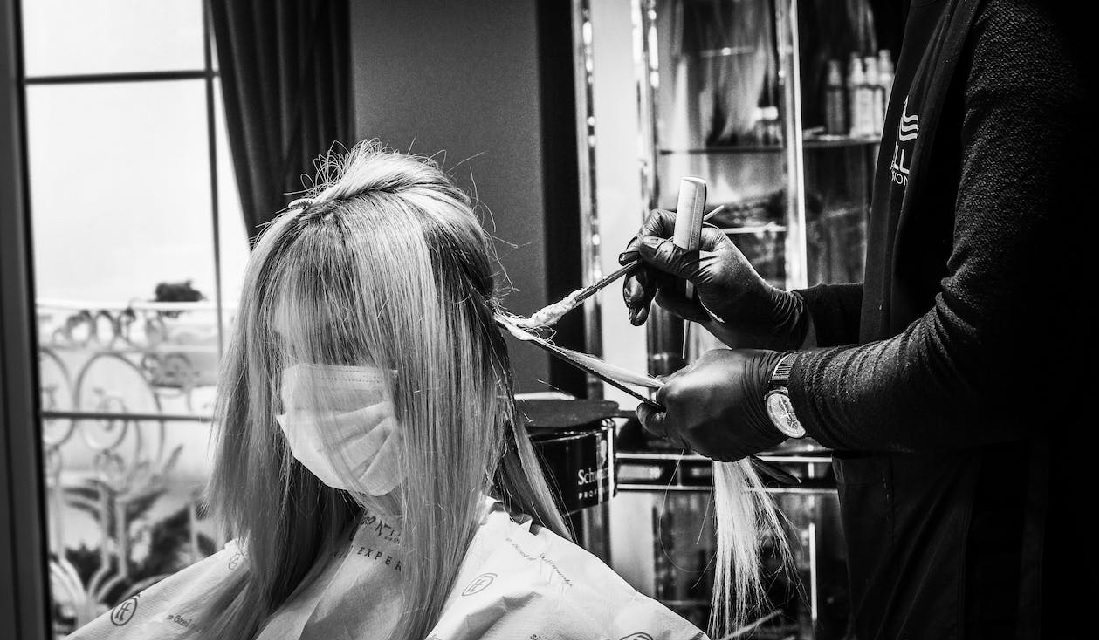Our hair, often referred to as our crowning glory, is susceptible to damage from various external factors like pollution, styling tools, and chemical treatments. Over time, this damage can lead to weakened hair, breakage, and loss of shine. Protein treatment for hair has emerged as a transformative solution to address these issues. This article delves into the importance of protein for hair health, the benefits of protein treatments, different types of protein treatments, and how to effectively incorporate them into your hair care routine.
The Role of Protein in Hair Health:
Protein is a fundamental building block for hair. Hair strands are composed of a protein called keratin, which provides structural strength and resilience. When hair is subjected to excessive styling, heat, and chemical treatments, the protein structure can become compromised, leading to issues like frizz, split ends, and breakage.
Benefits of Protein Treatments:
Protein treatments offer a range of benefits that contribute to overall hair health:
- Strength and Resilience: Protein treatments help repair the damaged protein structure of hair strands, restoring strength and reducing breakage.
- Improved Elasticity: Hair with good elasticity can stretch without breaking. Protein treatments enhance hair’s elasticity, making it more resistant to damage.
- Enhanced Shine and Texture: Protein treatments smooth the hair cuticle, leading to increased shine and improved texture.
- Reduced Frizz: By sealing the hair cuticle, protein treatments can help minimize frizz and promote smoother hair.
- Stimulation of Hair Growth: Adequate protein intake and treatments can encourage healthy hair growth by providing the necessary nutrients.
Types of Protein Treatments:
There are different types of protein treatments, each catering to various levels of hair damage and needs:
- Mild Protein Treatments: These treatments are suitable for regular maintenance and prevention of damage. They help maintain the protein balance in hair without causing overload.
- Intensive Protein Treatments: For hair that’s severely damaged, intensive treatments deliver a higher concentration of protein to restore strength and structure.
- Hydrolyzed Protein Treatments: Hydrolyzed proteins are broken down into smaller fragments, making them easier to penetrate the hair shaft. They are effective for deep repair.
- DIY Protein Masks: Homemade masks using ingredients like eggs, yogurt, and mayonnaise can provide a natural protein boost to your hair.
Incorporating Protein Treatments into Your Routine:
Before starting a protein treatment, it’s essential to assess your hair’s condition and needs. Here’s a step-by-step guide to effectively incorporate protein treatments into your routine:
- Assessment: Determine your hair’s level of damage and choose a suitable protein treatment accordingly.
- Cleansing: Start with clean hair. Use a gentle clarifying shampoo to remove any product buildup.
- Application: Apply the protein treatment evenly to damp hair. Focus on the mid-lengths and ends, where damage is usually more pronounced.
- Processing Time: Follow the recommended processing time mentioned on the product’s instructions. Overdoing the treatment can lead to protein overload, causing hair to become stiff and brittle.
- Rinsing: Thoroughly rinse the treatment out of your hair, using lukewarm water. Avoid using hot water, as it can strip away the treatment’s benefits.
- Conditioning: Follow up with a moisturizing conditioner to restore hydration and maintain the balance between protein and moisture.
- Frequency: The frequency of protein treatments depends on your hair’s condition. Generally, once every two to four weeks is recommended.
- Maintenance: To sustain the benefits of protein treatments, incorporate protein-rich hair products into your regular routine.
Precautions and Considerations:
While protein treatments offer numerous benefits, it’s essential to exercise caution:
- Balance: Maintaining the right balance between protein and moisture is crucial. Too much protein can lead to stiffness, while too much moisture can weaken hair.
- Hair Type: Different hair types have varying protein needs. Fine hair might require less frequent treatments, while coarser hair could benefit from more frequent treatments.
- Allergies: Check product ingredients for any potential allergens or irritants before using them.
- Consult a Professional: If you’re unsure about the best protein treatment for your hair, consult a hair care professional for guidance.
Protein treatment for hair is more than just a beauty regimen; it’s a method of nurturing and restoring your hair’s health. As an essential component of hair structure, protein plays a vital role in maintaining strength, shine, and overall vitality. Whether your hair is damaged from heat styling, chemical treatments, or environmental factors, protein treatments offer a path towards rejuvenation. By understanding your hair’s needs, choosing the right type of treatment, and incorporating it into your routine with care, you can unlock the transformative benefits of protein for your hair, ensuring that your crowning glory remains a symbol of health and beauty.

